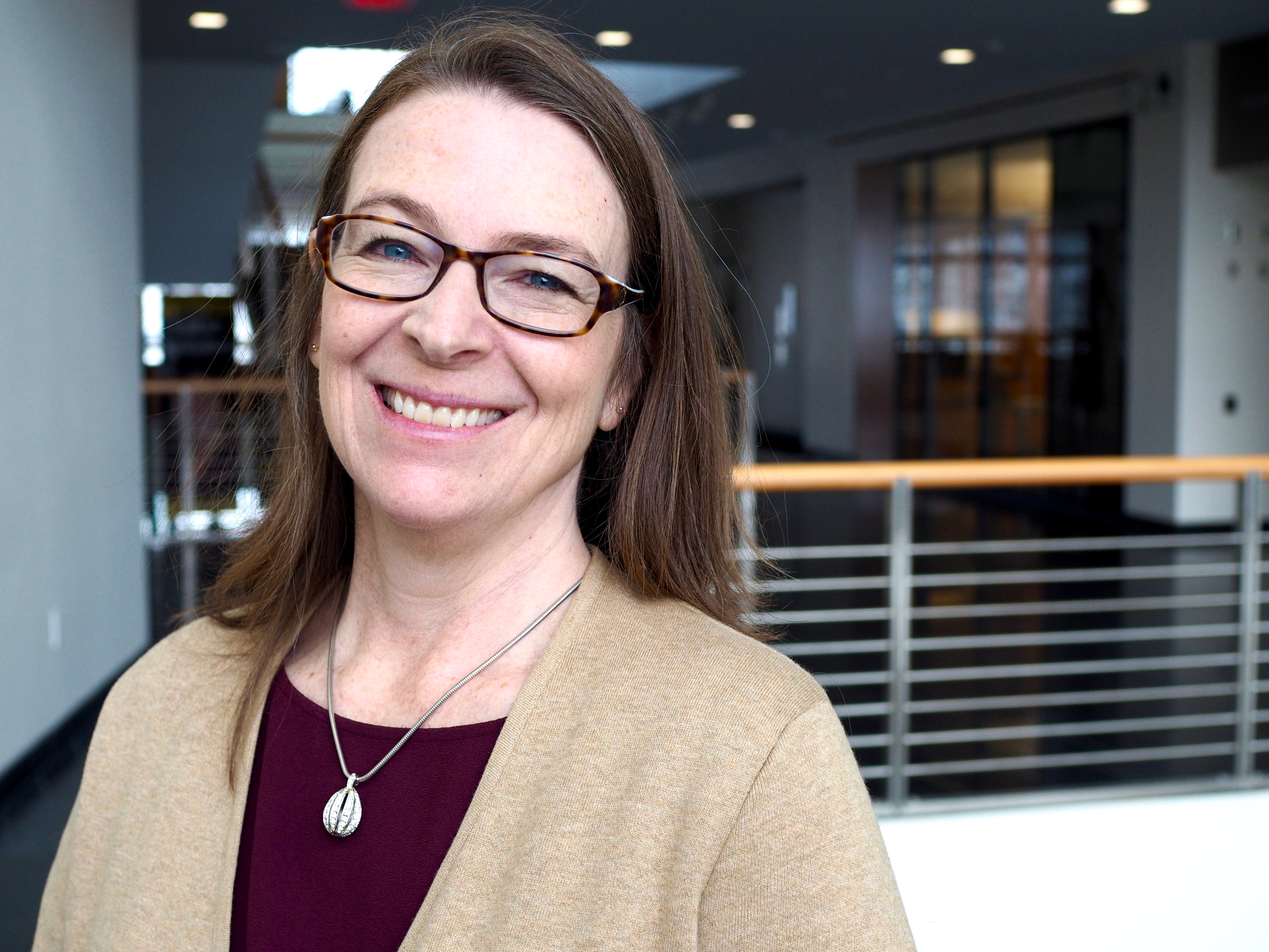UI Professor Corinne Peek-Asa has served as the Director of the University of Iowa Injury Prevention Research Center (UI IPRC) since 2006, leading one of only 10 such centers in the U.S. funded by the CDC’s National Center for Injury Prevention and Control. She provides her research expertise at the highest levels, testifying at federal briefings and serving on national injury-related boards. You can also find her in classrooms inspiring future injury prevention leaders at the UI College of Public Health.
Peek-Asa is a co-founder of the Society for the Advancement of Violence and Injury Research (SAVIR), and was the organization’s president in 2008. This April, hundreds of researchers and advocates from the injury and violence prevention field will arrive in Cincinnati, Ohio for the 7th SAVIR conference to learn the latest research and share their own. The theme – Injury Prevention Advocacy: From Research to Policy – stresses the research in action that Peek-Asa values.
Here, she reflects more on her field.

Why should we all care about injury and violence prevention?
Whether we think about it or not, we have all been impacted by an injury to ourselves or a loved one at some point in our lives. Most of us just didn’t realize how preventable that injury was. Injuries impact us at every level – individuals, families, communities, and societies. And, we can have a measurable reduction in this burden in a relatively short amount of time if we are successful in advocating for effective programs.
What are new challenges to injury and violence prevention?
We have made amazing progress in this field – from an area that even many in developed countries didn’t consider an important part of public health to a presence globally. However, forces working against safety and prevention, in the form of profit-seeking, pop culture, lack of will to invest…many, many things, are constantly working against us. Our progress has been great, but we need to move faster and have a broader reach to have the impact we need to have.
What do you think is one of the greatest public health achievements in injury prevention?
The great advances we’ve made to make roads safe is one of the greatest public health stories there is, although we still have a ways to go. Public health is also responsible for the focus on the prevention of violence – not just the treatment of victims and perpetrators. This has helped us create a culture that does not tolerate violence. I think some of the major achievements in public health have been in injury prevention and these are horribly under-celebrated.
How has your passion for injury prevention changed or shaped over time?
When I started graduate school in epidemiology, I was a typical “Epi Nerd.” I was interested in methods, models, study design, biases, and confounding. As I’ve gotten more experienced, I have kept my appreciation for strong methods but focused my work instead on intervention programs, including a strong focus on policy. I have found this intervention focus to be really rewarding because I feel that it has helped my work make a difference in reducing the burden of injury. Successful interventions are also inherently interdisciplinary, so this focus has helped me feed my love of collaborative work.
Do you have a story of a time when you first realized that the work you are doing is making a difference?
Yes– being able to make a difference and measure that impact is one of the things I love about this field, and it has been part of my career from early on. My dissertation was an evaluation of the California Universal Motorcycle Helmet Law, and part of that opportunity was to testify for maintaining the law, which I did for many years after the evaluation was complete. During this testimony, I heard physicians, law enforcement, and motorcycle riders talk about how the use of helmets reduced injuries, and in many cases – saved lives. Hearing people testify that the only reason they were alive to testify at all was because they wore their helmet was satisfying.
How did the SAVIR organization come about?
SAVIR started as NAICRC – the National Association of Injury Control Research Centers. As NAICRC matured, it was clear that there was a gap in the profession for researchers. It was also really clear, and remains the case, that there are so many teams doing great injury research, and so few of them receive Injury Control Research Center (ICRC) funding from the CDC. I’ll never forget the meeting to discuss this launch – it was an all-day meeting, and the majority of the time was spent trying to figure out a name. Not everyone was enthused with the name SAVIR, but it is memorable and represents what we are. I’m very proud of how this organization has grown, with so few resources but so much passion and dedication from researchers in the field.
Published 1/25/2019


